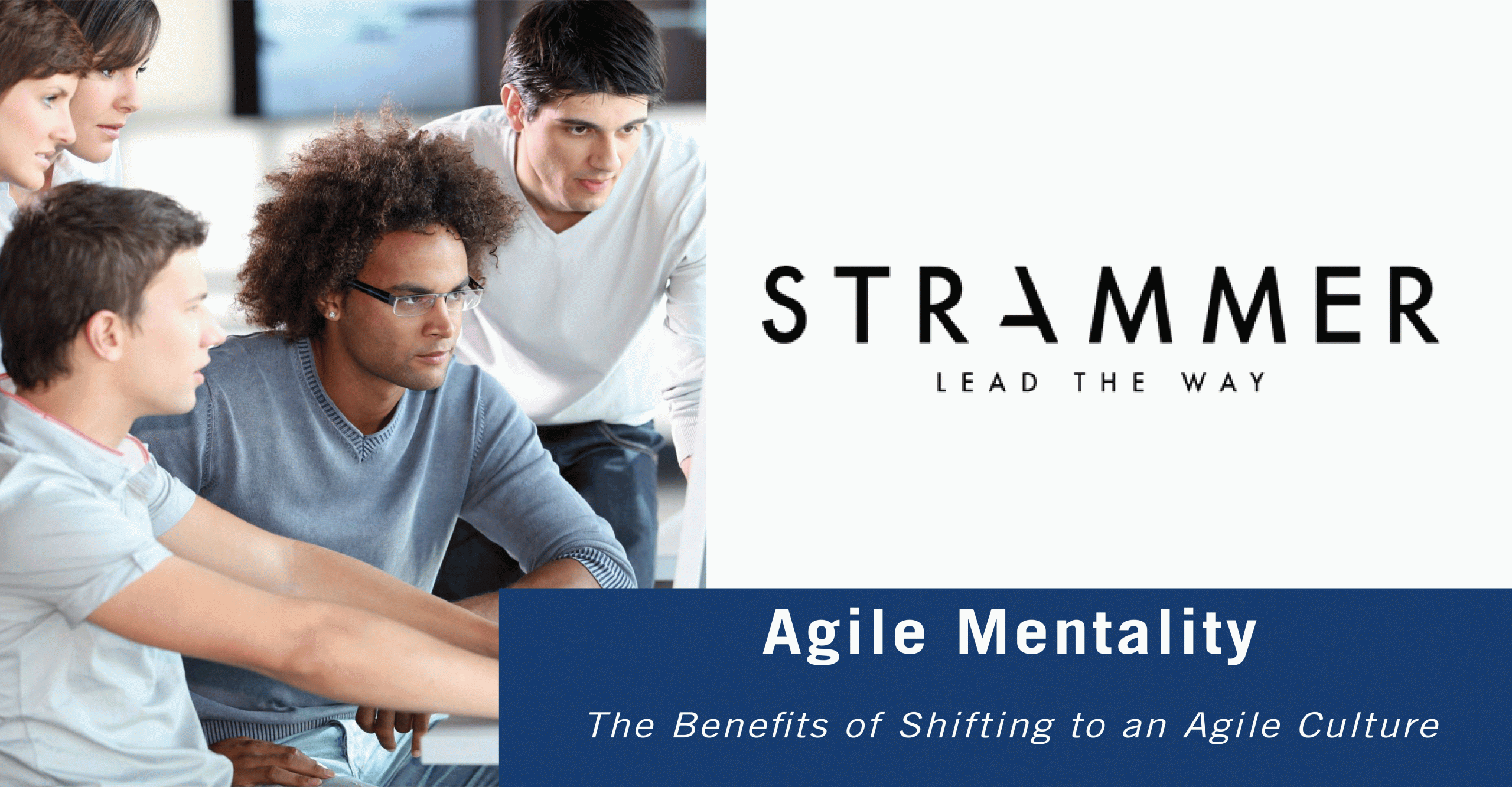Agile Mentality
The concept of agile mentality began in 2001 in software development firms; however, it has recently expanded to organizations of all sectors of activities including the Life Sciences industry. The agile mindset is a set of attitudes, including respect, collaboration, improvement, ownership, and the ability to adapt to change. Recently, companies have been adjusting their teams to this mindset to respond better to sudden changes and situations.
Embracing agility in teams means understanding the core values and principles of the methodology. In order to implement the methodology into an organisation, it is necessary to understand the key attributes of the agile method. Some indicators include adapting to change, looking at failure as a learning curve, nurturing transparency within work and teams, and lastly embracing diversity. Organisational leaders should respond to change and strengthen their teams by giving responsibilities and building a trusting atmosphere at work.
However, traditionally, managers are seen to run organisations with a “bureaucratic” mindset when preoccupied with maximizing profits. Employees are assigned to follow specific rules and lines of authority created by their superiors. It is based on a hierarchical pyramid, and bottom-line workers are giving little responsibilities. There are drawbacks to this leadership style as employees will feel less valued for their work: creativity is discouraged and there is a slower adaptation to change. This happens since bureaucratic leaders create a system that is supposed to work the same way all the time, without considering the unpredictable trends and events that affect companies.
As a result, more companies are moving towards training their employees to being agile to have the ability to react quickly to unpredictable situations. Companies have been seeking speed, innovation and greater customer focus in different departments of the organisation. Pablo Delgado, expert in agile methodologies and consultant to BBVA, explains “companies that fail to adopt this agile way of working will lose their capacity to adapt and know how to react not just to situations like a pandemic, but also to customer requirements.”
Some clear benefits of adopting this method and nurturing the mindset in teams, include providing cadence and rhythm when the circumstance is ambiguous and unprecedented. It allows for quick adjustments, and it is easier to deconstruct into more minor parts to work on one task at a time.
Employees will continue working remotely across several different industries in the next year due to the current situation. Thus, the agile mindset could be the solution to keep the work coordinated and assigned between teams.
Therefore, there are different leadership management styles that organisations have used in the past. However, more companies are moving towards developing an agile culture within their employees due to the many advantages. Agile firms are currently capable of delivering instant, personalized, and efficient value at scale.
References:
- Understanding The Agile Mindset, August 2013, Forbes.
- Agile Methodology Fails Without an Agile Mindset, October 2019, DZone.
- Why Agile Is The Mindset To Get Us Through The COVID Crisis, April, 2020, Forbes.
- Bureaucratic Leadership Guide, May 2020, ManagementStudyHQ.





